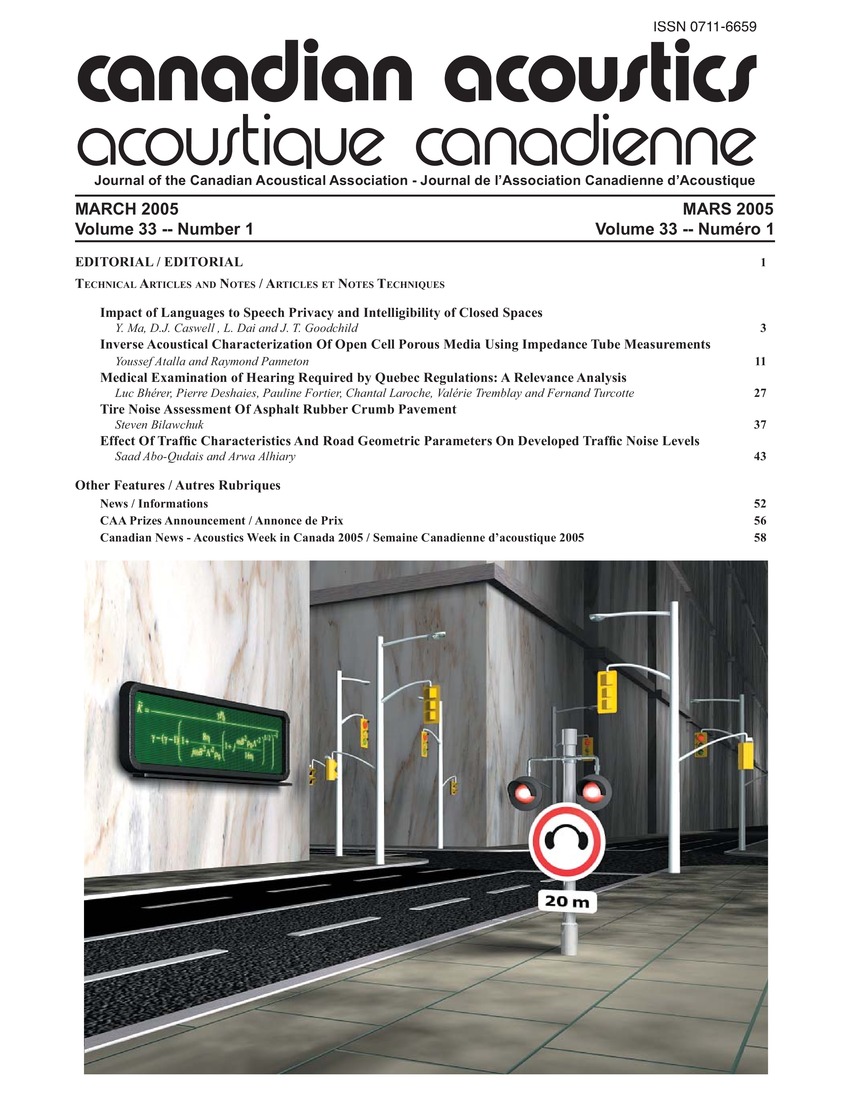Tire noise assessment of Asphalt Rubber Crumb pavement
Keywords:
Asphalt, Asphalt pavements, Cements, Project management, Roads and streets, Rubber, Statistical methods, Vehicles, Asphalt rubber crumb (ARC), Noise monitoring, Traffic volumes, Vehicle testingAbstract
Due to ever-increasing traffic volumes, various mitigating techniques are commonly employed to reduce tire noise. One such method is the use of Asphalt Rubber Crumb (ARC) pavement as a surface coat for conventional asphalt. Crushed rubber tires are heated to a gel-state and mixed in with the conventional asphalt, resulting in a more porous and less stiff surface material. Measurements were conducted at a pilot paving location where sections of old conventional pavement were repaved with new ARC and new conventional pavement. These locations enabled direct comparison between the two paving materials. Measurements conducted included: long term environmental noise monitoring, short term specific vehicle observed sound levels, specific controlled vehicle drive-by tests and subjective observations. The paper outlines the measurement methods and the results obtained.Additional Files
Published
How to Cite
Issue
Section
License
Author Licensing Addendum
This Licensing Addendum ("Addendum") is entered into between the undersigned Author(s) and Canadian Acoustics journal published by the Canadian Acoustical Association (hereinafter referred to as the "Publisher"). The Author(s) and the Publisher agree as follows:
-
Retained Rights: The Author(s) retain(s) the following rights:
- The right to reproduce, distribute, and publicly display the Work on the Author's personal website or the website of the Author's institution.
- The right to use the Work in the Author's teaching activities and presentations.
- The right to include the Work in a compilation for the Author's personal use, not for sale.
-
Grant of License: The Author(s) grant(s) to the Publisher a worldwide exclusive license to publish, reproduce, distribute, and display the Work in Canadian Acoustics and any other formats and media deemed appropriate by the Publisher.
-
Attribution: The Publisher agrees to include proper attribution to the Author(s) in all publications and reproductions of the Work.
-
No Conflict: This Addendum is intended to be in harmony with, and not in conflict with, the terms and conditions of the original agreement entered into between the Author(s) and the Publisher.
-
Copyright Clause: Copyright on articles is held by the Author(s). The corresponding Author has the right to grant on behalf of all Authors and does grant on behalf of all Authors, a worldwide exclusive license to the Publisher and its licensees in perpetuity, in all forms, formats, and media (whether known now or created in the future), including but not limited to the rights to publish, reproduce, distribute, display, store, translate, create adaptations, reprints, include within collections, and create summaries, extracts, and/or abstracts of the Contribution.


